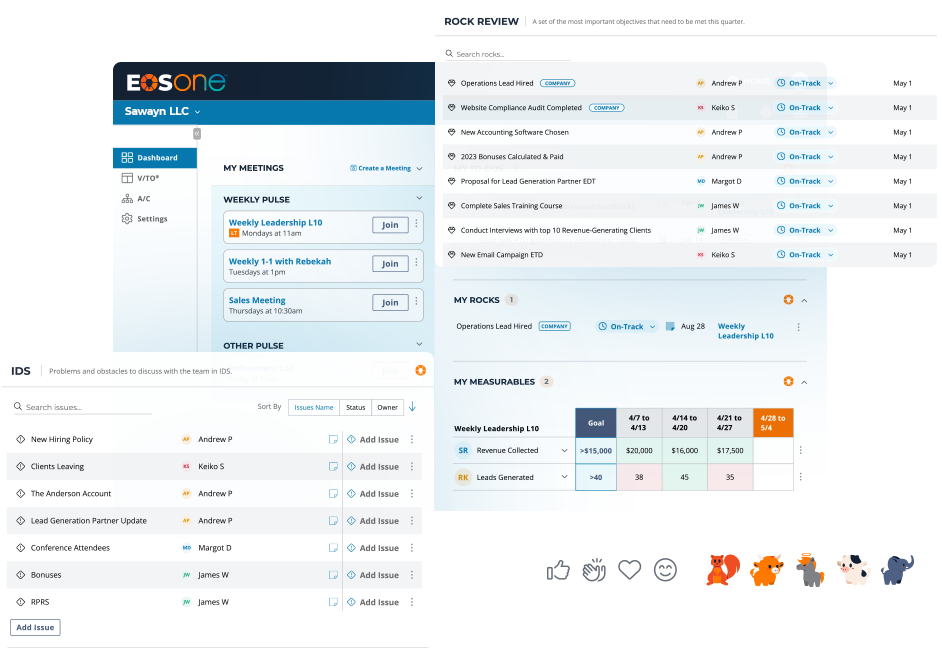As most businesses rely on technology more and more, the option to employee virtual teams becomes an increasing logical option. The New York Times reports that 43% of Americans have participated in at least partial remote work, and that number is expected to increase rapidly over the next decade. Talent and specialized skills exist globally and with the right tools and best practices there is no reason to limit your company’s growth geographically. But just like on site organizations, cultivating a virtual team comes with its own unique set of challenges.
Communication
Early on, set a rhythm for consistent communication. If email is your primary contact preference, what type of situation would escalate the conversation to a phone call? Is it easiest for the entire team to communicate through shared documents or is it time to invest in software that streamlines correspondence. Whether you’re using Asana (our favorite!), Slack, or the tried and true G-Suite, make sure the entire team is using the same mode of communication. Everyone should be literally and figuratively on the same page.
Tasks & Processes
Virtual teams can work effectively when tasks and processes are well defined and clear. Align everyone on the desired goals and outcome, then assign accountability to a specific person for every task it will take to get you there. Simplify this by using an Accountability Chart that is easily accessible to everyone. Visibility increases accountability.
Document the company’s Core Processes. Each leadership team member should ensure all employees, remote or not, take the time to learn how things work. Slow down to speed up.
The team should review/ confirm the completion of their commitments during weekly meetings.
Effective Meetings
With virtual teams, it is even more important to have weekly all hands on deck meetings. We run a Level 10 Meeting™ internally once a week and encourage all clients to do so as well. These structured weekly meetings consist of a personal/ professional check ins, the company scorecard, quarterly goals, weekly to do’s, and a discussion of issues and solutions.
A virtual quarterly meeting should review large project updates, financial results for the quarter, and expectations for the next.
Multi-point video or audio conferencing makes conducting a virtual meeting a simple task for those participating. Set your meeting up for success- Make sure webcams are turned on, everyone is logged in a couple minutes prior to the official start time, and the agenda is clear.
Culture
Relationship building should be a priority for any virtual team leader. The lack of physical watercooler talk can often create a void of humanness in daily work. Start every weekly meeting with a personal check in, allowing people to have personalities beyond the screen.
Your remote employees will be more engaged when they feel as though they truly have coworkers. It increases transparency and trust, and in the end results. Take every reasonable opportunity to show that being apart of your team is fun.
If you conquer the complexity of establishing clear communication channels, defining tasks and processes, running effective meetings, and creating a company culture inclusive of out of office employees, you and your team can reap the benefits of remote work.

